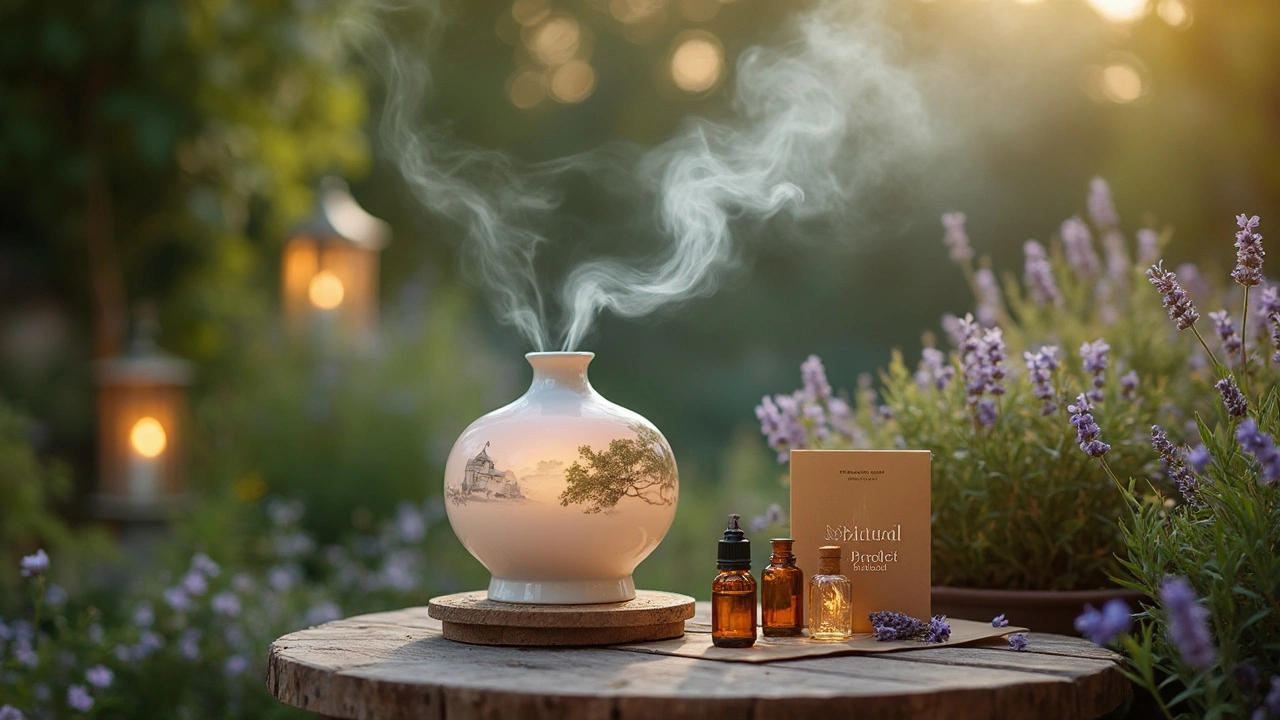Pain Relief: Simple Massage and Bodywork Options That Actually Help
Chronic aches can steal your day, but targeted touch often brings real relief. This page groups therapies proven to ease pain and shows when to pick each one. You’ll get clear tips for choosing a session, what to expect, and simple aftercare you can use right away.
Swedish massage is gentle and great for stress‑related tension.
It warms muscles, improves circulation, and helps sleep. Try a 60‑minute session if you’re new, and ask the therapist to focus on tight areas. Chair massage works short and focused — ideal at work or between errands. Fifteen minutes can unknot shoulders and boost your mood.
For deeper, persistent pain try myofascial release or fascia stretching. Myofascial release targets the connective tissue that traps tightness. A good therapist uses sustained pressure and movement to free restricted areas. Fascia stretching helps maintain gains at home; simple daily stretches for hips and calves reduce referred pain.
Cupping and gua sha are ancient tools that help local pain and tight muscles. Cupping creates space and increases blood flow; expect temporary marks but less stiffness. Gua sha slides a tool across skin to release adhesions and improve circulation. Both are helpful for shoulder and back tightness when done by someone trained.
Rolfing and cross fibre release aim at structural change. Rolfing works in a series to realign posture and reduce chronic pain. Cross fibre release breaks short, tight fibers in a focused area — good for old injuries or tendon pain.
These can feel intense but often deliver lasting change.
Some therapies target specific needs. Maya abdominal massage supports digestive and pelvic pain. Palliative massage eases discomfort for people with advanced illness and focuses on comfort. Hilot, Lomi Lomi, and Ayurvedic massage blend bodywork with cultural rituals to reduce tension and restore relaxation.
Unusual methods like fire massage, knife massage, and even snake massage appear in wellness circles. They can help in the hands of skilled practitioners but come with higher risk. Always check credentials and ask about safety protocols before trying them.
Pick a therapist by checking reviews, certifications, and communication.
Ask about session goals, techniques, and expected sensations. Tell your history and pain locations. A good therapist gives a clear plan: how often to come, what to do at home, and red flags to watch.
After a session, drink water, avoid intense exercise for 24 hours, and use gentle stretching to hold progress. Track pain levels and mobility to see what works. If pain worsens or new symptoms appear, stop and consult your doctor.
Try one method for several sessions before switching. Pain relief often builds slowly. With the right approach, smart choices, and consistent aftercare, touch can be a practical, low‑risk way to cut pain and get back to life.
If you have medical conditions like blood clotting issues, cancer, or uncontrolled high blood pressure, talk with your doctor before booking. Bring a short list of medications and recent injuries to the first appointment. Small steps and clear communication usually lead to steady improvement. Now.
Fascia Stretching: The Surprising Science of Flexibility and Pain Relief
Discover how fascia stretching works, the real science behind it, and how you can unlock flexibility, performance, and pain relief by targeting this misunderstood tissue.
Knife Massage: Ancient Art Revived for Modern Healing
Knife massage is making a comeback in wellness circles, blending old-school techniques with today's need for stress relief and pain management. This hands-on method, which looks way scarier than it feels, taps into ancient traditions to boost blood flow and kickstart the body's natural healing. People are raving about its effects on everything from stiff necks to bad sleep. We'll cut through the myths, share real tips, and show how this therapy fits into the modern self-care vibe. Whether you're skeptical or curious, there's something surprising to learn about how knives can help with health.
Cross Fibre Release: Unlock Better Movement and Less Pain
Cross fibre release isn’t just for pro athletes; it’s a game-changer for anyone stuck with tight muscles or old injuries. This article breaks down how it works, why it’s different from other massage techniques, and how you can try it right at home. Get the inside scoop on making your body feel less stiff without fancy tools. Plus, discover tips that actually help, not just basic advice you already know. Say goodbye to aches that never seem to go away.
Aromatherapy for Pain Relief: What You Need to Know
Aromatherapy isn't just about nice smells; it's a popular approach to soothe aches and pains without relying on medication. Utilizing essential oils like lavender or peppermint could help calm your mind and body through simple techniques. Learn how to incorporate aromatherapy into your routine to ease discomfort naturally. Discover the basic principles and how these aromatic oils can serve as a complementary tool for pain management. Embrace aromatherapy's power to bring some much-needed relief and relaxation into your life.
The Power of Touch: Understanding Myofascial Release Therapy
Myofascial Release Therapy is a holistic approach to pain management and overall body wellness. It focuses on releasing tension and tightness in the fascia, the connective tissue that wraps around muscles and organs. This therapy can alleviate chronic pain, improve mobility, and boost overall physical health. By understanding the principles and techniques involved, individuals can explore how this form of therapy aligns with their personal wellness goals.
Unlocking the Benefits of Medical Massage Therapy
Medical massage goes beyond mere relaxation, offering various therapeutic benefits tailored to treat specific health conditions. By understanding the individualized approach of medical massage, patients can experience significant improvements in chronic pain, stress reduction, and injury recovery. This article explores the science behind this therapy, its key benefits, and practical tips for incorporating it into one's healthcare regimen. With a focus on personalization, medical massage can be an effective component of comprehensive health management. The therapy's growing recognition highlights its importance in enhancing quality of life for many.
Exploring Myofascial Release Therapy: Hidden Benefits and Tips
Myofascial release therapy offers a range of benefits often overlooked in conventional treatments. This article delves into its basic principles, surprising advantages, who can benefit, and tips for a successful therapy experience.







